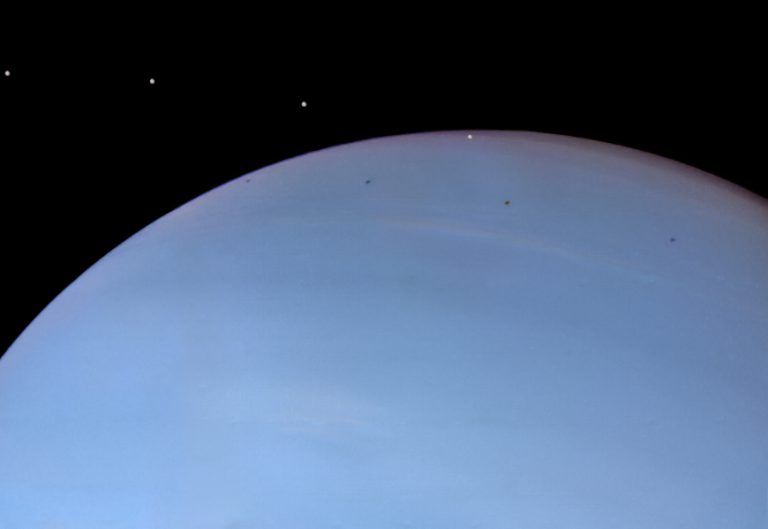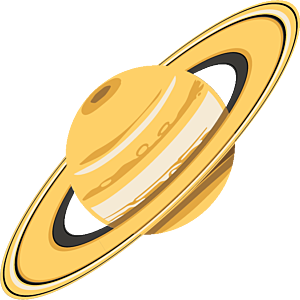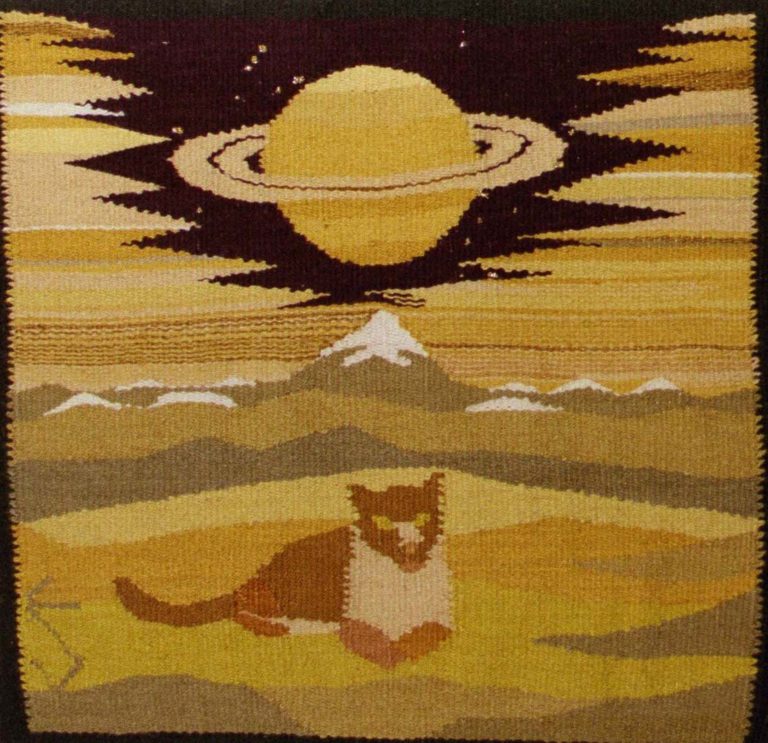The Downlink • Apr 24, 2020
A puffy planet and a cat on Titan
You love space, now take action
This weekly newsletter is your toolkit to learn more about space, share information with your friends and family, and take direct action to support exploration. Anyone can subscribe at planetary.org/connect to receive it as a weekly email.
Mission Briefings

NASA’s OSIRIS-REx spacecraft completed a sample collection rehearsal at asteroid Bennu, coming just 75 meters from the surface before backing away as planned. The probe is scheduled to touch down on Bennu in August, grabbing a small sample of regolith that will be returned to Earth in 2023. The samples could shed light on the connection between asteroids and the formation of our solar system, as well as the role asteroids played in bringing water to Earth. Image credit: NASA/Goddard/University of Arizona.

CHEOPS, the European Space Agency’s CHaracterising ExOPlanet Satellite, has observed its first exoplanet since launching in 2019. The target was a puffy, gaseous planet 30% larger than Jupiter orbiting a star 320 light years away. CHEOPS is designed to precisely measure the diameters of known exoplanets, which will reveal more about their compositions. Learn why and how we study exoplanets, and read about The Planetary Society’s exoplanets research.

Japan’s Hayabusa2 spacecraft tested its navigation cameras by snapping a picture of the Milky Way galaxy from deep space. The probe is on its way back to Earth with samples of asteroid Ryugu. The samples, which will arrive in late 2020, are expected to teach scientists more about the origin and evolution of our solar system.

NASA and SpaceX have set 27 May 2020 as the launch date for SpaceX’s Crew Dragon carrying astronauts Bob Behnken and Doug Hurley to the International Space Station. The milestone launch will be the first from Florida since the end of the Space Shuttle program in 2011. Once Behnken and Hurley are aboard the station, NASA will decide how long they’ll stay; the first Crew Dragon vehicle is rated for an in-space duration of up to 110 days.

Taking an image of an exoplanet is like photographing a firefly next to a spotlight, and as a result, very few such images exist. Scientists say that a speck of light originally thought to be an exoplanet, seen moving around a star called Fomalhaut, has disappeared and may actually have been a cloud of dust. The discovery was made with NASA’s Hubble Space Telescope.

The United Arab Emirates’ Mars-bound Hope spacecraft is on track to launch from Japan during a 3-week window that opens 14 July 2020. Hope is the Arab world’s first mission to another planet, and one of 3 Mars missions launching this summer. It will study Mars’ climate to help scientists understand what ancient Mars was like, when liquid water on the surface could have supported life.
From The Planetary Society


Things have been tough lately, so we’ve put together a few ways for you to escape into an exploration of the cosmos. On our In Space Together page, you can find inspiration from our co-founder Carl Sagan, explore real pictures and videos from space, take free online courses, and much more.
Pictured: This image of the moon Despina eclipsing and transiting Neptune is about as cosmically peaceful as it gets. Image credit: NASA / JPL / Ted Stryk, Roane State CC

Let’s have a virtual hangout! Planetary Radio’s What’s Up with Dr. Bruce Betts and host Mat Kaplan is coming to you live next Thursday, 30 April. This at-home edition of What’s Up will feature the usual night sky highlights, random space facts, and trivia, plus viewers can submit questions for Dr. Betts to answer during the livestream. Check out planetary.org/live on 30 April at 1:00 pm PT / 4:00 pm ET / 20:00 UTC.
What's Up

With very little moonlight to get in the way, the next few days are great for stargazing. Venus still shines bright in the evening and night, and you can catch Mars, Jupiter, and Saturn in the morning sky.
Wow of the Week

Swedish artist Tora Greve made this tapestry, called “Cattini.” The piece is inspired by the story of a scientist’s young daughter who thought she could see a cat in one of the pictures the Huygens lander took of Titan’s surface.
Do you have a suggestion for the Wow of the Week? We’re looking for space-related art, music, gadgets, quotes, fashion, burning questions, sci-fi passages, or anything else that will make our readers go “Wow!” Send us your idea by replying to this email.


 Explore Worlds
Explore Worlds Find Life
Find Life Defend Earth
Defend Earth



